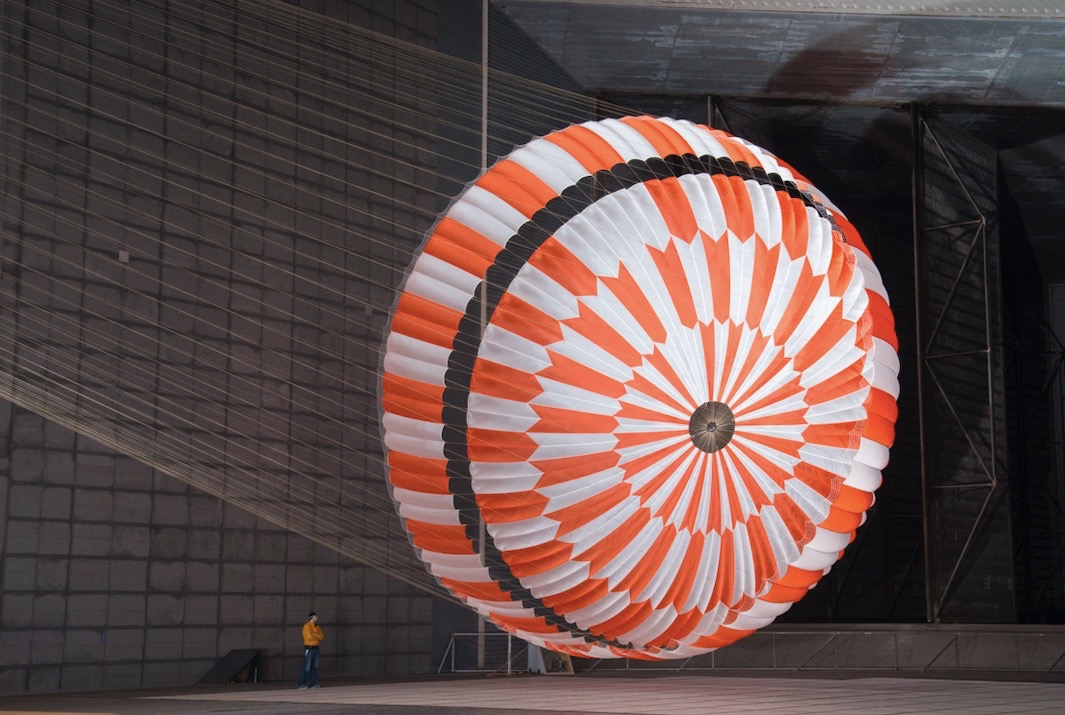
If you're not properly appreciative of pi, NASA is here to help.
Pi is the ratio of a circle's circumference to its diameter, a mathematical constant that rounds off to 3.14. The actual number goes on forever, but two decimal places will suffice for most of us.
Pi is famous and important enough to be celebrated by nerds around the world — on March 14 (3/14) in the United States and on July 22 in Europe and other places that write dates in the month-day-year format. (22 July in such systems is 22/7, a division problem that works out to about 3.14.)
Related: 10 surprising facts about pi
And NASA doesn't restrict its celebration of the constant to a single day.
"NASA uses pi every day!" agency officials wrote in a statement on Friday (March 12).
"Pi is instrumental in developing the size of parachutes to land on the Red Planet," they added. "In fact, pi helps engineers determine how big the parachute needs to be in order to generate the drag needed to slow down craft landing on Mars. It also helps researchers map and explore Earth and planets in our own and other solar systems."
Get the Space.com Newsletter
Breaking space news, the latest updates on rocket launches, skywatching events and more!
NASA officials adorned that update with a visual aid — a June 2017 photo of a parachute test in a wind tunnel at NASA's Ames Research Center in Silicon Valley, California. The parachute being tested shared a design with the one that helped the Perseverance rover land on Mars last month.
That 70.5-foot-wide (21.5 meters) supersonic chute opened about four minutes after Perseverance hit the top of the Martian atmosphere on Feb. 18. And you can watch that dramatic otherworldly deployment, thanks to video the rover captured during its descent.
Mike Wall is the author of "Out There" (Grand Central Publishing, 2018; illustrated by Karl Tate), a book about the search for alien life. Follow him on Twitter @michaeldwall. Follow us on Twitter @Spacedotcom or Facebook.
Join our Space Forums to keep talking space on the latest missions, night sky and more! And if you have a news tip, correction or comment, let us know at: community@space.com.

Michael Wall is a Senior Space Writer with Space.com and joined the team in 2010. He primarily covers exoplanets, spaceflight and military space, but has been known to dabble in the space art beat. His book about the search for alien life, "Out There," was published on Nov. 13, 2018. Before becoming a science writer, Michael worked as a herpetologist and wildlife biologist. He has a Ph.D. in evolutionary biology from the University of Sydney, Australia, a bachelor's degree from the University of Arizona, and a graduate certificate in science writing from the University of California, Santa Cruz. To find out what his latest project is, you can follow Michael on Twitter.
